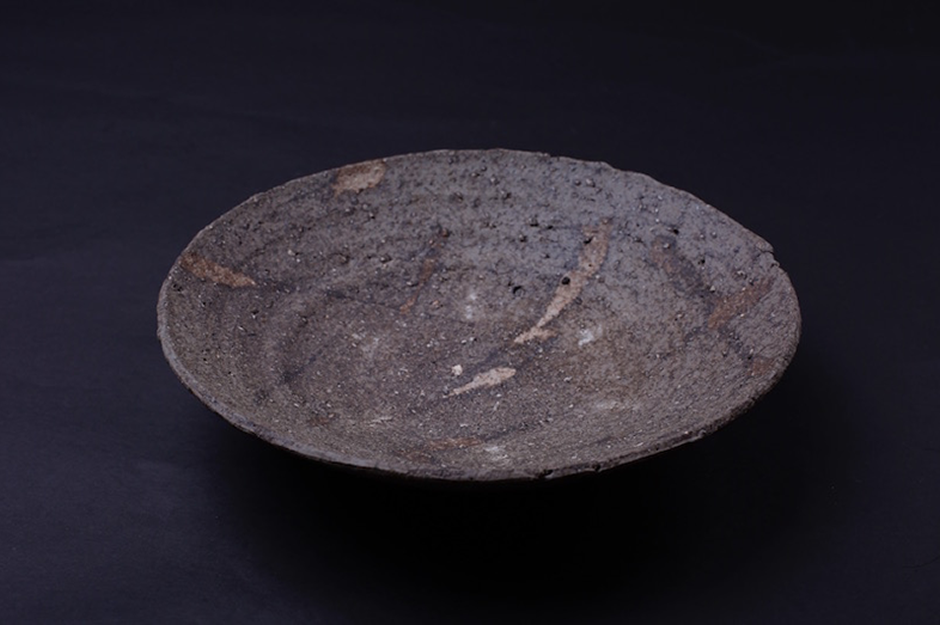
皿 W23.0cm D23.0cm H5.5cm 加守田昌子 極箱


皿 W23.0cm D23.0cm H5.5cm 加守田昌子 極箱
Kamoda Shouji
Kamoda Shouji was born in Osaka, Kishiwada as the eldest son of Sadaomi Kamoda and his wife Yaeko. He enrolled in the Kyoto City University of Arts, and studied under professor Kenkichi Tomimoto, who was designated as a living national treasure. He adherently followed his professor Kenkichi Tomimoto’s teachings that explain the importance of modernity and designability, and set the words “Do not create patterns from patterns” as his work philosophy.
After his graduation from the Kyoto City University of Arts, he was hired in pottery owned by Hitachi Ltd in Ibaraki for few years. In 1959, he became independent in Tochigi, Mashiko when he was 26 years old, and started to creative activity as his career. Generally, the period until he moves to Iwate, Tono is called “Mashiko Era”, and the after period is called “Tono era”.
In Mashiko Era, Kamoda made potteries focusing mainly on practical groceries. However, he became fascinated by Sue pottery (pottery made in ancient times) and started to proceed research of natural and ash glaze. His artworks that were created through his research did not receive a high evaluation for a long time. As time goes, originality and creativity in his works and the skill got reputations and Kamado's works got various prizes. Eventually, he achieved a great success in the private exhibition held in Tokyo, he established a firm position as a ceramist.
As his surroundings became noisy, Kamoda moved to Iwate, Tono, which he had wished to go for a long time. His artworks were presented in every six months and got praised every time. And the most remarkable point is that his style of artworks changed every time. The attitude of pursuing something new was received with surprising that caught attention from people who had no interest in ceramics as well. Every time he had his exhibition, there was a long line formed by visitors in the entrance, and his works sold out soon after the stores open. Social and artistic recognition towards ceramic has changed by his activities.
“I like pottery very much. However, my job is out of the way from the main road of ceramics. I do not make pottery, but use pottery. My works look like pottery but the contents are different. This is my policy and outlook as an individual ceramist.”
Pursuing creativity and modernism, Kamoda never created object. Affirming that he “uses” pottery, Kamoda might have been an artist who did not know the way to express himself other than as the contents of the pottery. When we think about what to put in his pottery, we might touch deep inside his mind.